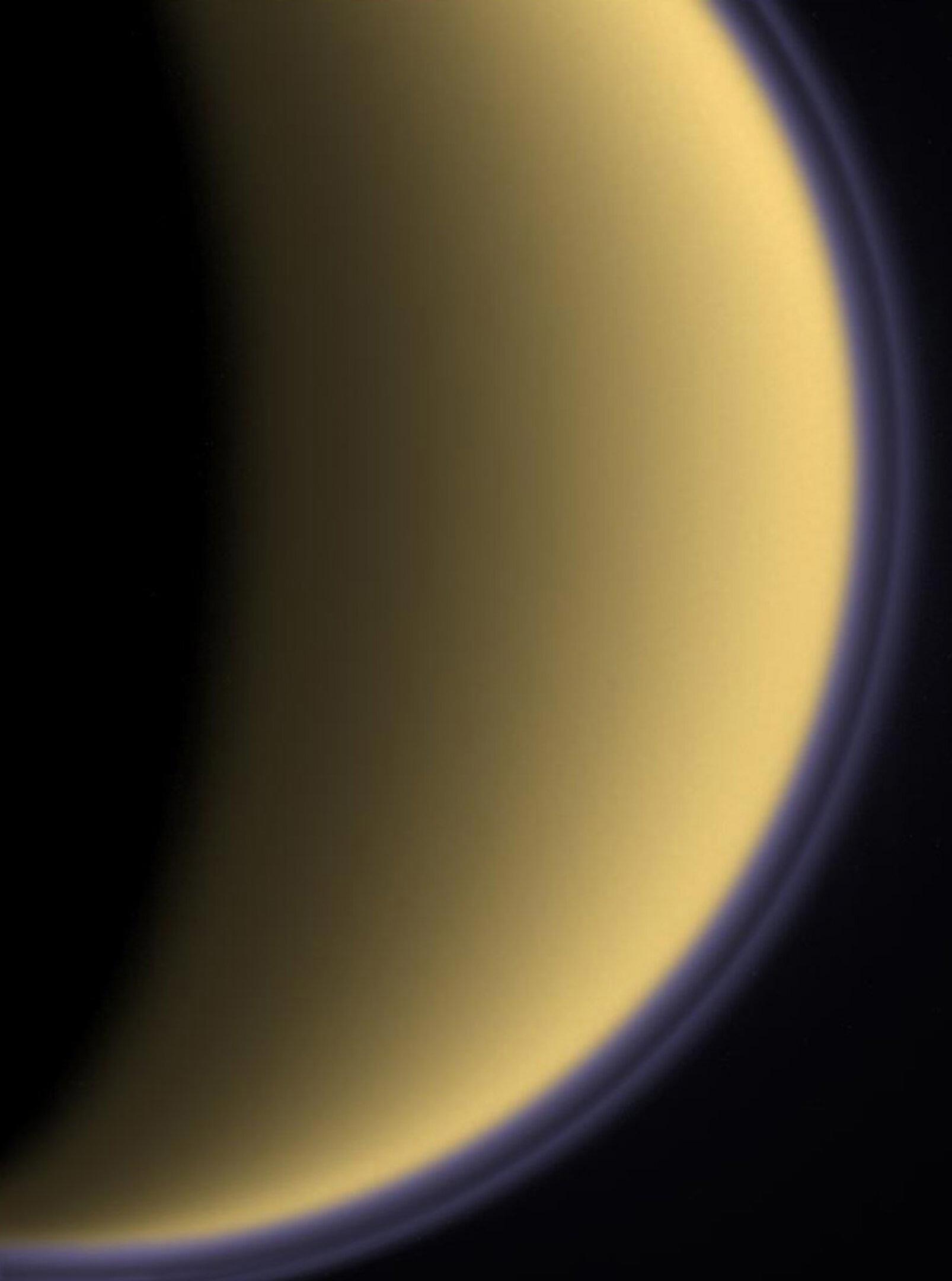Titan’s atmosphere tilts and shifts seasonally. The discovery shapes future exploration. Researchers at the University of Bristol have uncovered unusual behavior in Titan’s atmosphere for the first time. Using data from the Cassini-Huygens mission, a collaboration between NASA, the European Sp








